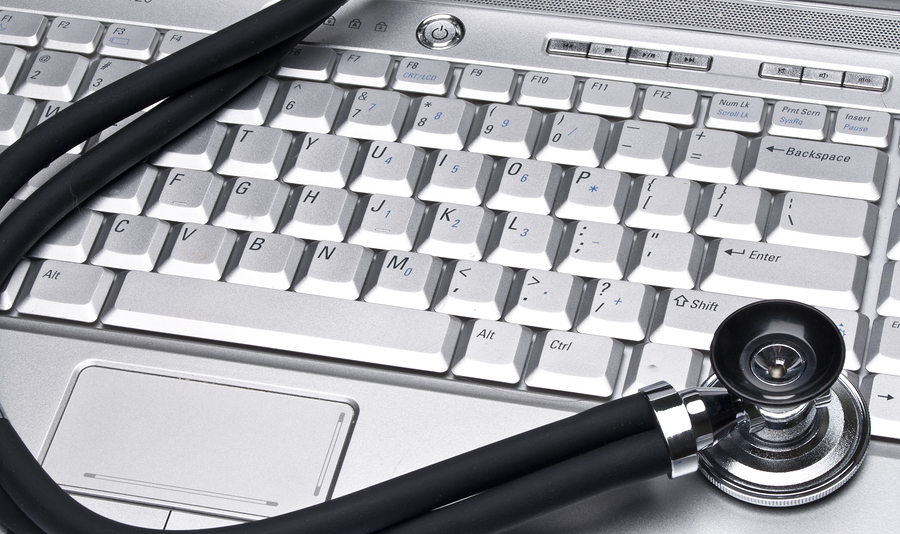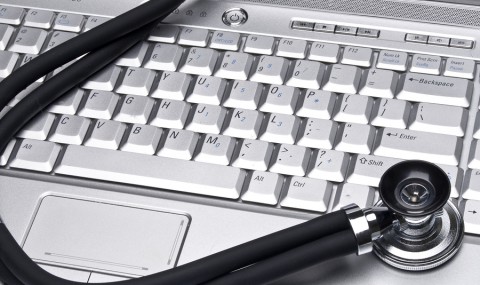Thanks to technological advances, modern medicine has a lexicon that would make little sense to a healthcare administrator from just two decades ago. The vast array of technological terms used across every department in the field can become a juggling act for administrators and other employees that are on the fringes of many different care processes.
These healthcare IT terms are known as buzzwords, and though they can be as annoying and misused as they are useful, it’s important that healthcare professionals understand their meaning. Here are 10 to look out for.
- Health Information Exchange (HIE) – This is the movement of information electronically between health organizations. It gives healthcare providers access to up-to-date information that allows for informed decisions concerning care. In other words, it’s an overly complicated way to say electronic health records were shared.
- Interoperability – This refers to the ability of two different systems to communicate with one another and provide bi-directional data exchange. Once health information is exchanged, providers need to be able to use it.
- Mobile Health – Also known as m-Health, this is the accessibility and exchange of clinical and consumer health information via wireless networks for personal laptops, tablets, phones and embedded medical devices. Because of technological advances, m-Health is now being recognized as a valuable tool to help increase efficiencies in providing care. It is also becoming more influential in determining patient care outcomes.
- Big Data – What exactly defines big data? Many people purport to know, but few can define it in simple terms. As a result, it’s kind of an ambiguous term that gets used regularly. Big Data infers that more data is better, but that isn’t always true. For our purposes, the conversation about Big Data and how to use datasets is now shifting toward using the right data.
- Electronic Prescribing – Electronic prescribing occurs when a doctor sends a prescription directly to a pharmacy. E-Prescribing is becoming more common because can help save time and money. It also puts the prescription in a database that can tell pharmacists if the prescribed drug will trigger any allergies a patient may have or interfere with other medications.
- Patient Engagement – This is a popular buzzword that refers to including patients in the care management process. This integrates treatment into the patient’s daily routine and is now integrating telehealth monitoring (such as the Apple Watch) that can deliver actionable data to be stored in the patient’s health records without requiring anything from the patient.
- Cloud Computing – Just like your phone, healthcare cloud computing stores, processes and distributes data across Internet-hosted servers rather than a local server. The key to this is the relationship to “Big Data.” Cloud computing allows hospitals to store data more efficiently and economically, just so long as they can minimize the risks and maximize the benefits associated with it.
- Internet of Things (IOT) – Essentially, this means non-traditional computer devices that can connect to the Internet. Devices such as pacemakers, defibrillators, bedside monitors, computerized insulin and imaging devices now have Internet connectivity and can perform data transfers and automated transactions on their own.
- Population Health – Also known as “popHealth,” this buzzword means care management, coordination and analysis of patients across a spectrum of ages, lifestyles, socioeconomic backgrounds and health conditions. Using this data driven insight, healthcare professionals can identify care gaps and possibly prevent emergencies that cause hospitalization through early detection.
- Retailization – This is a term for which the meaning is often unclear. By some definitions, retailization means price transparency. For others, it represents the application of a retail mentality, where the patient is a consumer at the center of a health facility’s business strategy. A customer-first way of thinking. Meanwhile, others define it as 24/7 access to doctors through technology.










